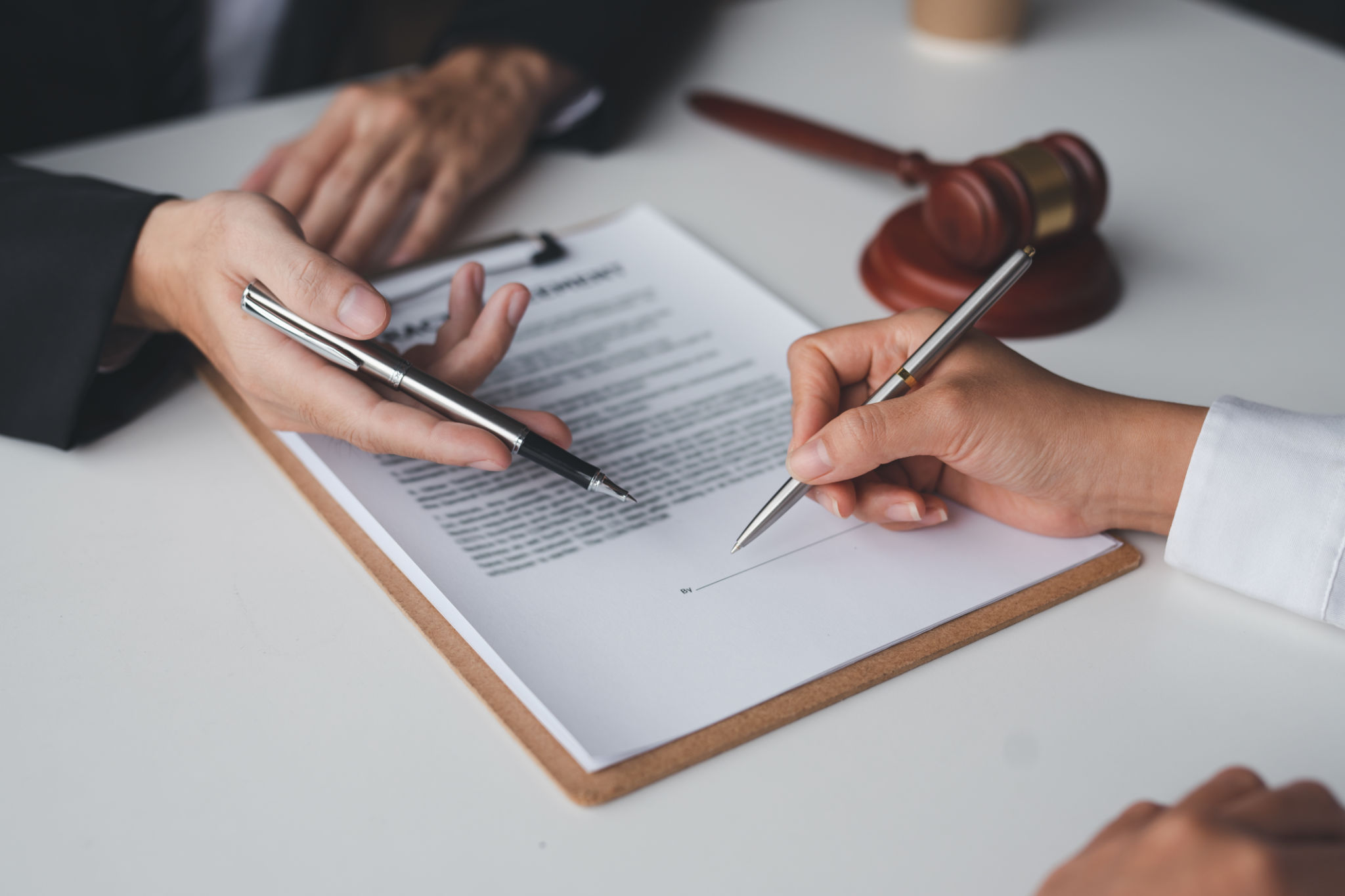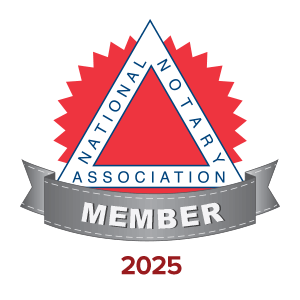How to Prepare Your Documents for Notarization: A Step-by-Step Guide
Understanding Notarization
Notarization is a crucial step in validating the authenticity and legitimacy of various legal documents. It involves a notary public who acts as an impartial witness during the signing process. This adds a layer of trust and legal backing to the document, ensuring that all parties involved are genuine and informed about the contents.
Before you proceed to a notary, it's important to understand what documents can and should be notarized. Common documents include affidavits, contracts, property deeds, and power of attorney documents. Knowing the purpose of notarization will help you prepare your documents effectively.

Gathering the Necessary Documents
The first step in preparing your documents is to gather all necessary paperwork. Ensure that you have all originals and copies available, as notaries often require you to present original documents for verification. It's also wise to ensure that all forms are filled out completely before your meeting with the notary.
Alongside your documents, bring valid identification, such as a driver’s license or passport, as the notary will need to verify your identity. Without proper identification, the notarization process cannot be completed.
Checklist of Required Items
- Original documents
- Copies of documents
- Valid photo ID
- Any additional required forms or paperwork

Understanding the Notarization Process
Once you have your documents and identification ready, it's time to understand the notarization process itself. When you meet with a notary, they will review your documents for completeness and verify your identity. It's crucial that you do not sign any documents until you are in the presence of the notary.
The notary will then witness your signature and apply their official seal or stamp to your document. This seal signifies that the document has been notarized correctly and is now legally binding. Be sure to ask any questions you have during this process to avoid any confusion.
Common Mistakes to Avoid
During preparation, avoid common mistakes that can delay the notarization process. Ensure all parties involved in the document are present during the signing, as the notary cannot proceed without everyone there. Double-check that names and details are spelled correctly to prevent any issues.

Post-Notarization Steps
After your document has been notarized, there are a few additional steps you should take. First, make copies of the notarized document for your records. It's advisable to store both the original and copies in a safe place.
If the document needs to be sent or filed with an organization or government entity, be sure to follow any specific instructions regarding submission. This ensures that your notarized document is accepted without any complications.
Maintaining Your Notarized Documents
Finally, maintaining a well-organized system for your notarized documents can save you time and hassle in the future. Consider creating a dedicated folder or digital archive where these important documents are easily accessible when needed.
With these steps, you're well on your way to smoothly preparing your documents for notarization. Remember, being prepared is key to a successful notarization process.

